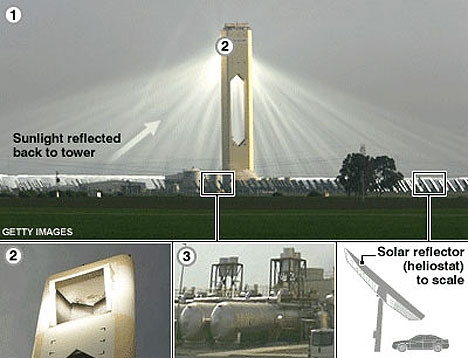 The world as the brain sees it. Optical 'polar' maps of the visual cortex are generated by measuring micro-changes in blood oxygenation as the left eye (left panel) or right eye is stimulated by bars of light of different orientations (0-180 degrees). The cortical response to each stimulus is pseudo-colored to represent the orientation that best activates visual cortical neurons. If vision is blocked in an eye (the right eye in this example) during a critical period of development, neurons no longer respond to input from the deprived eye pathway (indicated by a loss of color in the right panel) and begin to respond preferentially to the non-deprived eye pathway. These changes are accompanied by alterations in synaptic connections in single neurons. This process, known as ocular dominance plasticity, is enhanced by sleep via activation of NMDA receptors and intracellular kinase activity. Through these mechanisms, sleep strengthens synaptic connections in the non-deprived eye pathway. (Credit: Marcos Frank, PhD University of Pennsylvania)
The world as the brain sees it. Optical 'polar' maps of the visual cortex are generated by measuring micro-changes in blood oxygenation as the left eye (left panel) or right eye is stimulated by bars of light of different orientations (0-180 degrees). The cortical response to each stimulus is pseudo-colored to represent the orientation that best activates visual cortical neurons. If vision is blocked in an eye (the right eye in this example) during a critical period of development, neurons no longer respond to input from the deprived eye pathway (indicated by a loss of color in the right panel) and begin to respond preferentially to the non-deprived eye pathway. These changes are accompanied by alterations in synaptic connections in single neurons. This process, known as ocular dominance plasticity, is enhanced by sleep via activation of NMDA receptors and intracellular kinase activity. Through these mechanisms, sleep strengthens synaptic connections in the non-deprived eye pathway. (Credit: Marcos Frank, PhD University of Pennsylvania)
ScienceDaily (Feb. 12, 2009) — If you ever argued with your mother when she told you to get some sleep after studying for an exam instead of pulling an all-nighter, you owe her an apology, because it turns out she's right. And now, scientists are beginning to understand why.
In research published recently in Neuron, Marcos Frank, PhD, Assistant Professor of Neuroscience, at the University of Pennsylvania School of Medicine, postdoctoral researcher Sara Aton, PhD, and colleagues describe for the first time how cellular changes in the sleeping brain promote the formation of memories.
"This is the first real direct insight into how the brain, on a cellular level, changes the strength of its connections during sleep," Frank says.
The findings, says Frank, reveal that the brain during sleep is fundamentally different from the brain during wakefulness.
Read more ....



















